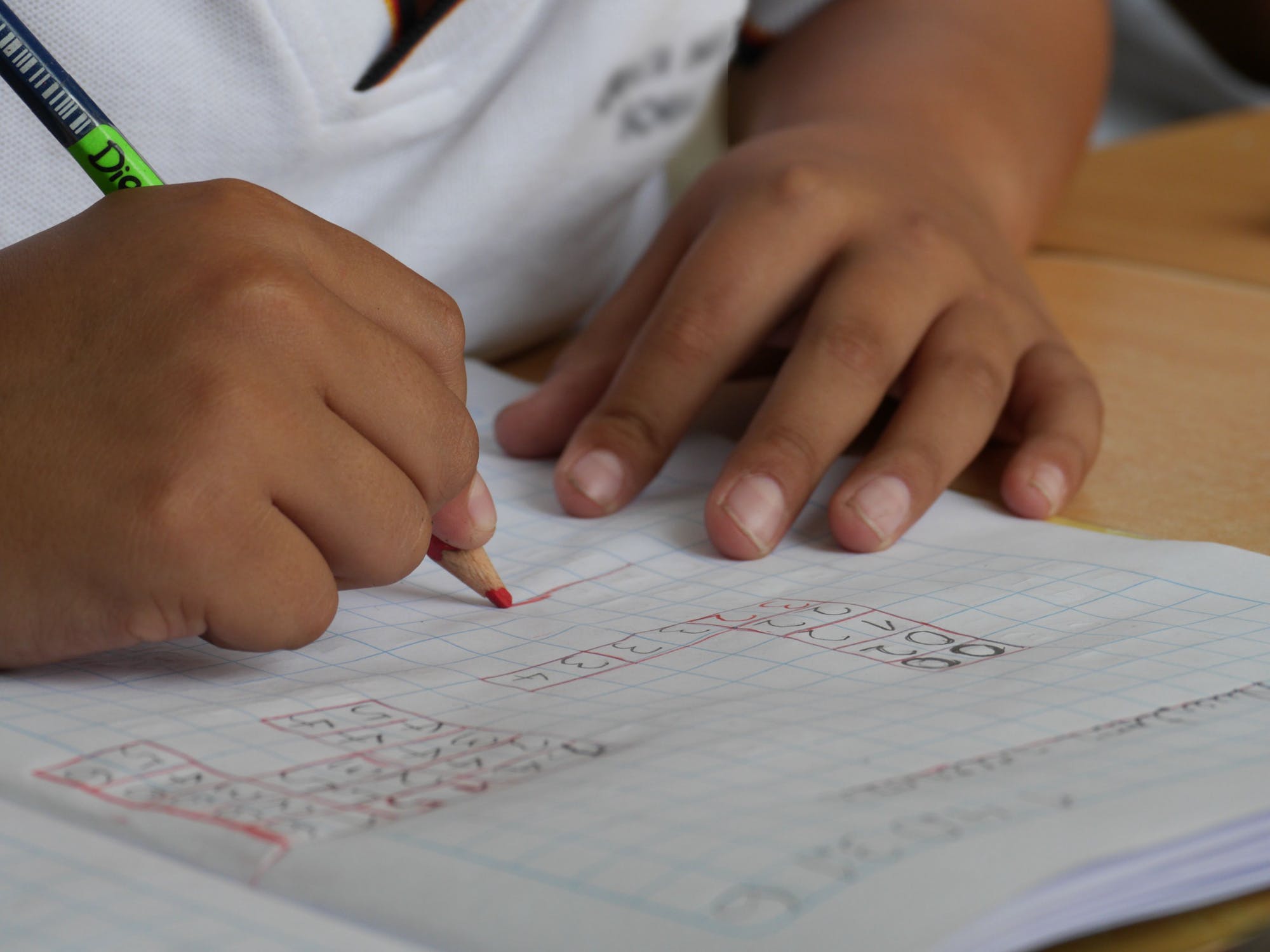DAISY SAVAGE, HEAD OF UPPER SCHOOL: My husband and I are avid amateur birders. Our yard is loud with finch, sparrows, wrens, jays, cardinals, chickadees, nuthatch, and woodpeckers, and we tend our feeders as lovingly as we once fed our children. Throughout the spring and summer seasons, we come to recognize particular pairs and families. The goldfinch and cardinals in particular are lovely to watch as they live in devoted and careful monogamy.
This connection that we, as living beings, can feel towards others - and not exclusively to our 'kind' - is, for me, very powerful.
In the late fall and winter, the goldfinch usually move off to warmer climes, although this year they remained late: I thought I caught a glimpse of one late in February but couldn’t be sure. And then one Sunday as Tom and I trekked through the neighborhood woods and fields, we saw a telltale flash of blue: the Eastern bluebird, a certain sign of spring.
I worried for weeks afterward. Even at the moment of our joyful sighting, in 50 plus degrees of an extremely mellow February with March on the near horizon, I knew that frigid and capricious temperatures were on the way. I understand that, to some, such concern might seem trivial or even crazy. After all, birds are exceptionally smart and show incredible creativity and initiative in their instinct to survive. But what if something happened to that bluebird? I could not get it out of my mind. This connection that we, as living beings, can feel towards others - and not exclusively to our 'kind' - is, for me, very powerful.















